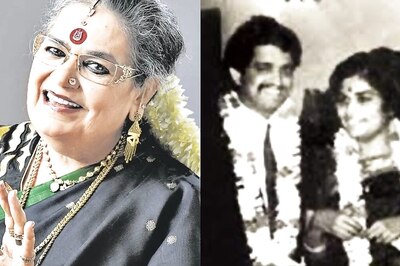
views
Hong Kong: Professional chess players have long stumped fans with how they make killer moves so swiftly and intuitively, and a Japanese study published on Friday may have unlocked their secret.
Tracking blood flow in the brain to detect spikes of activity, researchers found that master players of shogi -- a Japanese game similar to chess -- use two regions of the brain to make critical moves.
Unlike amateur players, who use the precuneus area of the parietal lobe, professionals use the caudate nucleus in the center of the brain, said Keiji Tanaka at the RIKEN Brain Science Institute's Cognitive Brain Mapping Laboratory.
"Professionals are trained extensively for a long time, over 10 years, hours every day. This extensive training (may have) shifted the activity from the cerebral cortex to the caudate nucleus," the study's lead author Tanaka said.
"Amateurs use the precuneus only a third of the time (that professionals do)," Tanaka said.
The findings were published in the journal Science. Experts believe the caudate nucleus is responsible for switching bodily movements.
"The caudate nucleus is very well developed in rats and mice, while the cerebral cortex is very developed in primates by becoming expert, shogi masters start to use all parts of the brain," Tanaka said.
Tanaka hoped the study would inspire research into developing the intuitive powers of the caudate nucleus.
"Board games may not be very important for society ... but auditors, crime investigators, doctors all need (intuition) to find the point of concern, the point of abnormality," he said.
"Systems engineers often have to depend on intuition to locate the source of trouble. Excellent engineers can't explain why they are good, it's very similar to chess."



















Comments
0 comment